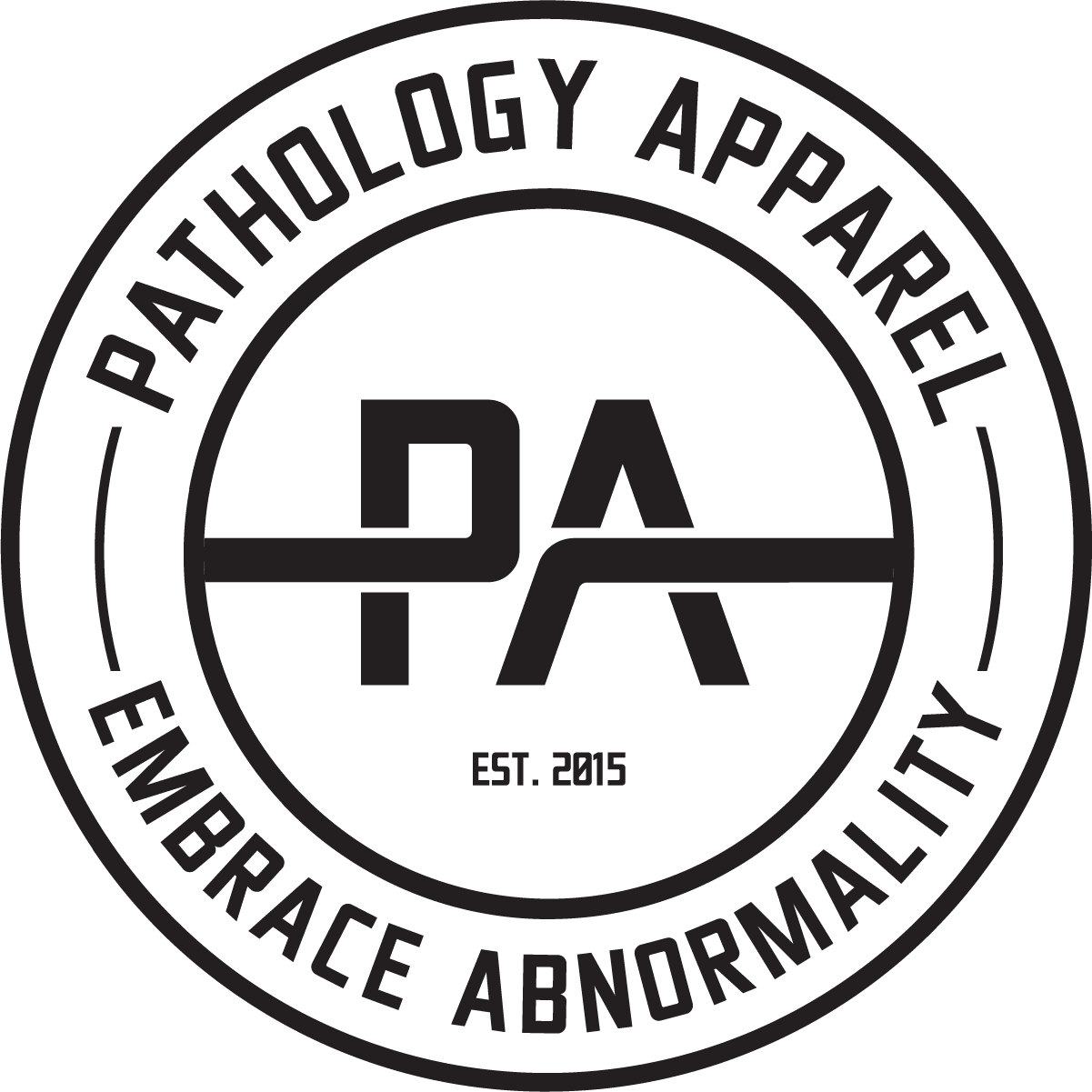Static Stability of the Shoulder
Many people have asked why they continue to have trigger points and aching in their shoulders even after they continue to hammer them in the weight room. I just wanted to take a second to address the difference in scapulothoracic posture and its effect on static stability in the shoulder.
First, when you are actively engaging the shoulder in intense workouts or full ranges of motion, you are relying on the dynamic stability of your rotator cuff muscles to maintain the proper placement of the head of your humerus within the capsule (hopefully). While some people struggle (me included) to develop completely proficient recruitment patterns, this general idea of dynamic control remains the same. So, if you go in the gym and throw every plate in there on the bar and do some isolated rows or power snatches, you will absolutely build strength within your shoulder; however, this may not fix your issues with aching and pain in your static or resting stance.
In my journey towards becoming a licensed therapist, I have already seen the reactions that are typically returned when a PT mentions posture to his/her patient. The classic eye roll or attempts at jedi mind tricks to avoid the conversation are a norm. The reality is, people often don’t want to hear or believe that their posture can affect cause or fix their painful predicament. So, for the eye rollers out there, let’s look at the anatomy.

Neumann, Pg. 141
This picture is a great representation of the bare bones of what’s happening at the shoulder joint (lame pun intended). The rope represents the suprahumeral structures such as the supraspinatus and a few of the capsular ligaments. Static stability exists at rest through a couple processes:
1) The head of the humerus sits against a relatively inclined surface, almost like a makeshift shelf in the shoulder. This angle of the glenohumeral joint is made possible by…you guessed it, proper posture of the scapula. For those that are chronically in a hunched over (kyphotic thoracic spine) position with forward rounded shoulders typically have downwardly rotated scapulae. These downwardly rotated scapulae result in the second picture, effectively eliminating the natural shelf and increasing the forces of gravity on the head of the humerus inferiorly. This places large amounts of stress on the supraspinatus, superior capsular ligaments, and increases the laxity of the axillary pouch (part of the inferior capsule).
2) Speaking of the supraspinatus and the glenohumeral ligaments, they also provide primary support to the glenohumeral joint. The coracohumeral ligament, the superior capsular ligament, and the supraspinatus all actively work to prevent the golf ball that is the head of the humerus from falling down off the tee (GH joint). It has also been shown that the posterior fibers of the deltoid could contribute to this as well.
3) It wouldn’t be right to completely leave out the labrum, because it effectively deepens the socket by 50%, which is monumental in terms of stability. This is nowhere near as deep as the acetabulum (hip joint), but you have to trade stability to gain the ROM needed in the shoulder (mobility).
So, as you continue to blow up the large muscle groups in your shoulders to counteract your static pain and irritation, take a second to remember that poor scapulothoracic posture could be a major cause of your frustrations. Try to remind yourself to steer clear of that downwardly rotated, protracted, kyphotic position, and watch as not only your shoulder pain decreases, but you are more easily able to utilize efficient motor patterns in dynamic overhead positions. Sometimes building muscle bulk is not the fastest path from A to B; you need to have a solid static foundation to build your dynamic efficiency!
Remember that achieving proper posture, movement, and wellness is a lifelong endeavor, so enjoy the journey.
Tyler Vaughn SPT, CSCS
Pathology Performance
Owner, Pathology Apparel
Embrace Abnormality
*All of these ideas are summaries of those much smarter than myself! If you like the material, keep an eye out for the references, because that’s the bank I am pulling from!
Resources:
Neumann DA. Kinesiology of the Musculoskeletal System, Foundations for Rehabilitation. Mosby; 2010.
